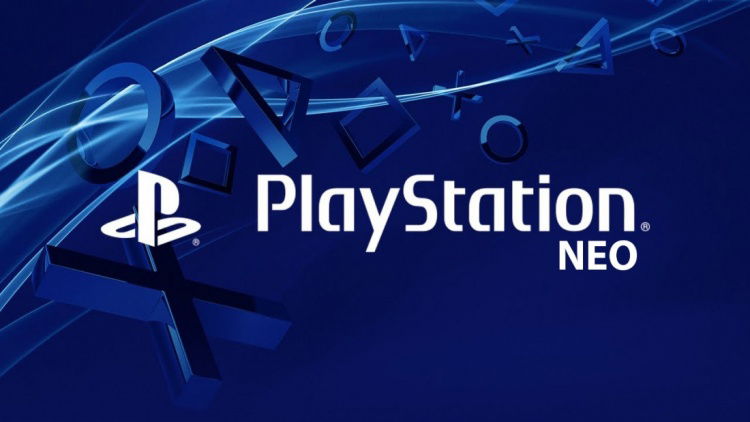We now have confirmation from Sony that the PlayStation 4.5 (or PlayStation 4 Neo) is in development after all. In an interview with Financial Times, the President and Global Chief Executive of Sony Interactive Entertainment, Andrew House, has finally confirmed its existence. During the interview, he does make several statements regarding Neo that answer questions that many, including ourselves, have been asking since news of the console was leaked.
House says that the PlayStation 4 Neo is “intended to sit alongside and complement the standard PS4,” not to replace it, adding “we will be selling both through the life cycle.” Now, this is something that was speculated about in previous reports, where it was noted that all games released after the PlayStation 4 Neo would still be required to run on the original PlayStation 4. In addition, he mentioned that the price would be higher than the current asking price of the PlayStation 4, which is $350. This is somewhat expected, simply due to the fact that they are using more expensive memory.
“All games will support the standard PS4 and we anticipate all or a very large majority of games will also support the high-end PS4.”
“We want to ensure we have a full range of the best experiences on the new system that we can showcase in their entirety.”
The goal of the PlayStation 4 Neo, as Andrew House put it, is to target the hardcore gamers and those with a 4K television and are looking for more high-resolution content.
The final bit of news is that Sony will not be showing off the PlayStation 4 Neo during E3 2016. A large majority of gamers and journalists were predicting that it was going to make an appearance (including ourselves). However, House has officially debunked these rumors. He also declined to comment on what price point they are looking at for the new system.
If I had to guess, now that we know that the PlayStation 4 Neo won’t be making a showing at E3 2016, I’d say it’s safe to assume that we will see it at either Gamescom 2016 or the 2016 Toyko Game Show.
The original article is behind a paywall, however, if you click here you will be able to read the article in its entirety.
Source: Financial Times


